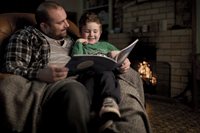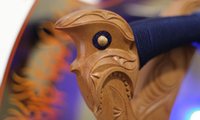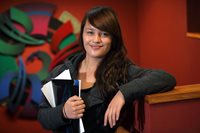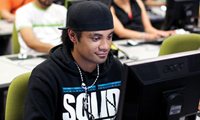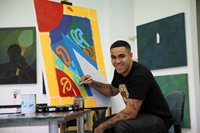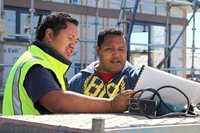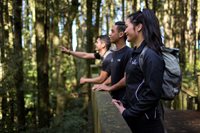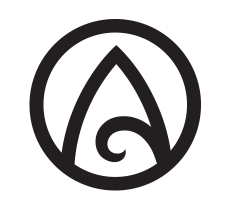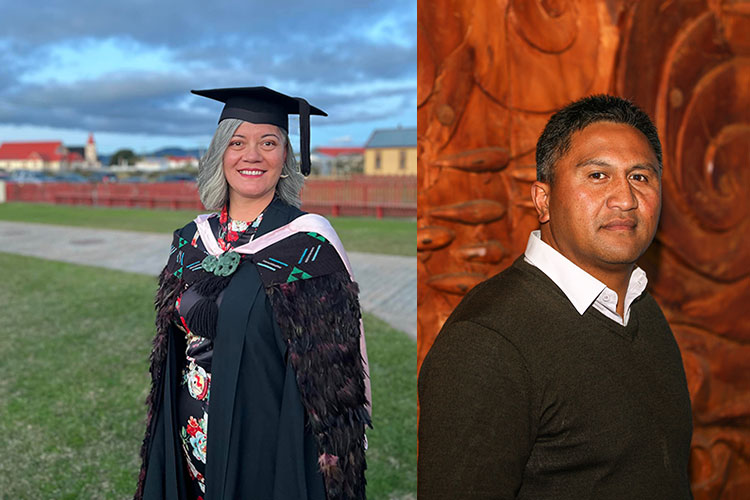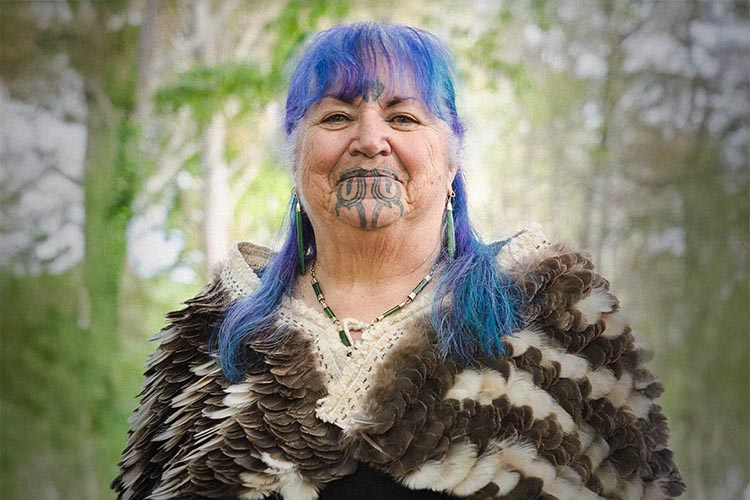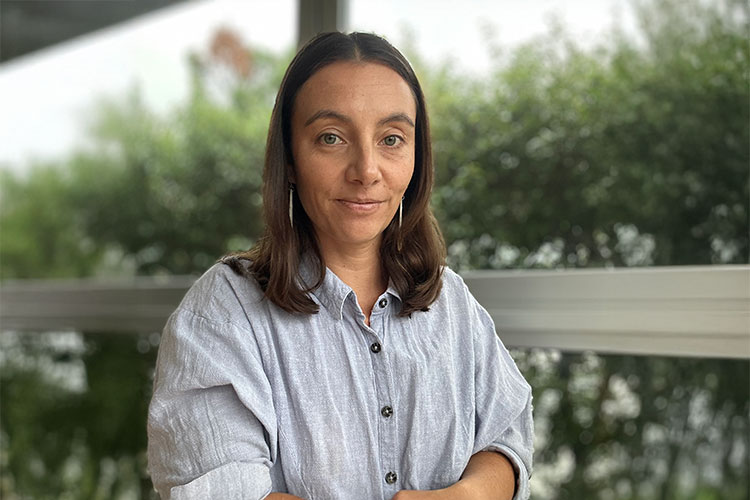The opportunity to rub shoulders with New York's elite art world has highlighted to Visesio Siasau the value and significance of his own contribution to the arts.
"We as indigenous people, we are already at that level," he says.
"Our practices, our processes, we are born into it. It is very important for us to be different and acknowledge our differences in a global context."
The He Waka Hiringa graduate is mid-way through his international residency in New York after being named Paramount Award Winner in the 24th Wallace Art Awards last year.
Along with partner Serene Tay, who also completed her masters at Te Wānanga o Aotearoa, and their daughter Sei, the family has made their home in the Big Apple since May.
Visesio's reclamation of pre-Christian Tonga - from sculpting divinity forms to identifying sacred sites - has caused controversy in his homelands and is often isolating.
However, the 46-year-old says his time studying at Te Wānanga o Aotearoa prepped him well for the "intense and energetic" dialogue he's been engaged with in New York.
"The course makes you think for yourself," he says.
"There is no separation of theory, action, practice or knowledge. Another thing is it allowed you to follow your strength and delve deeper into your consciousness."
His award-winning artwork, a collaborative piece titled Onotu’ofe’uli – Onotu’ofekula, is a 60ft-long tapa cloth that took two years to produce both in New Zealand and Tonga.
Although it is now owned by the Wallace Art Trust, it was able to accompany Visesio to Manhattan as part of a group exhibition titled 'Living as Form'.
The landmark show acknowledges the Lenape people, who were the original inhabitants of 'Manhattan.
Visesio's interest in the way social issues enhance his practice has led him to consider a future teaching at Te Wānanga o Aotearoa, or creating a similar creative learning space in Tonga.
"Once you place your idea out there, there's a natural and equal amount of energy that comes back. This is the synthesis - the response of what is coming is forcing us to move. And the best thing is showing. In that way we learn as well."

